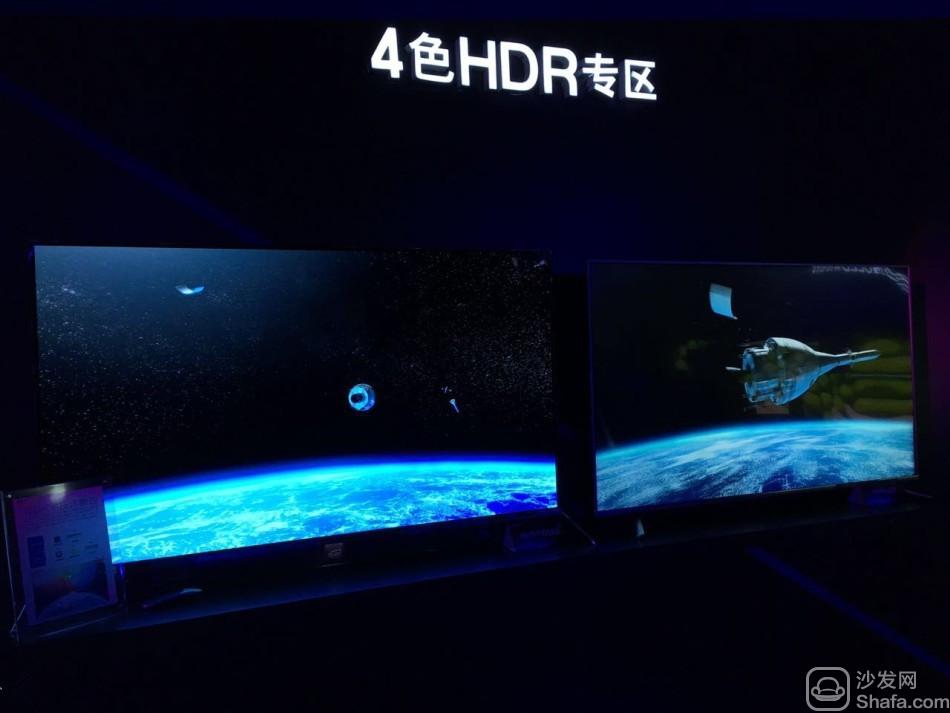
Recently, there have been reports that Samsung and LG, both competitors, have announced that the two companies have already invested in Kyulux, a startup company engaged in OLED research and development to counter the alliance between Hon Hai and Sharp. However, the reporter learned yesterday that LGD invested Kyulux in the fourth quarter of last year and SDI in March this year. They are not jointly investing. Since Hon Hai’s acquisition of Sharp was only confirmed in March this year, there is no alliance against Hon Hai and Sharp. LGD and SDI have invested in Kyulux in order to acquire third-generation OLED technology.
It is understood that in the past 20 years, the LCD market has grown from 200 million units to 3 billion units, an increase of 14 times. Although the market scale has risen sharply, there are various signs in recent years that the LCD market is already saturated, indicating that the industry needs new development momentum. As a next-generation display technology, OLEDs have high hopes for the display industry. LG and Samsung have bet OLED technology, also indicates that the TV market will undergo a huge change. At present, LG Display, the sole supplier of large-size OLED panels, also stated that it will focus on investment in OLEDs in the future to strengthen sales and continue to lead the OLED high-end TV market. As the industry chain has made successive gestures upstream and downstream, it is not difficult to see that the OLED era is advancing ahead of schedule.
According to industry insiders, the reason why OLED is highly favored by Samsung and LG is mainly because of its obvious advantages, which gives answers to the next generation of display technology development. Different from LCD LCD TVs, OLED organic TVs do not require a backlight source, and each pixel can emit light independently. Based on this, OLED organic TVs can present the purest black, very dazzling colors, and a variety of physical forms. design.
In addition, the OLED organic TV also brings infinite contrast with the control of black, making it the most suitable display technology to carry popular technology - HDR.
With the upstream and downstream linkages of the industrial chain, OLED's market share is also growing rapidly. According to AVC's data, global OLED organic TV shipments will continue to climb sharply in 2015-2018, and will increase from 400,000 units to 1.3 million units in 2016 alone, the largest increase. Among them, the performance of the Chinese market is particularly prominent, and 2016 and 2017 will continue to maintain a 400% growth rate.
"With the growing maturity of OLED technology, it will surely become a trend in the future TV and mobile phone industry. LG, Skyworth, and Hon Hai, which have just been acquired by Sharp, are interested in entering or accelerating the OLED market." The industry insiders stressed.
Relevant statistics show that in 2016, the global television market was about 230 million units, of which more than 2,000 US dollars accounted for about 1.8% of the market. Appliance analyst Liang Zhenpeng said that the high-end TV market with a vast space needs excellent products to fill in the gaps, and OLED organic TV has occupied a favorable position. Under the joint promotion of the upstream and downstream of the industrial chain, the OLED era is coming at an unprecedented speed.
Traffic Facilities,Waterproof Traffic Facilities,Outdoor Traffic Facilities,Traffic Control Devices
Yangzhou Heli Photoelectric Co., Ltd. , https://www.heli-eee.com